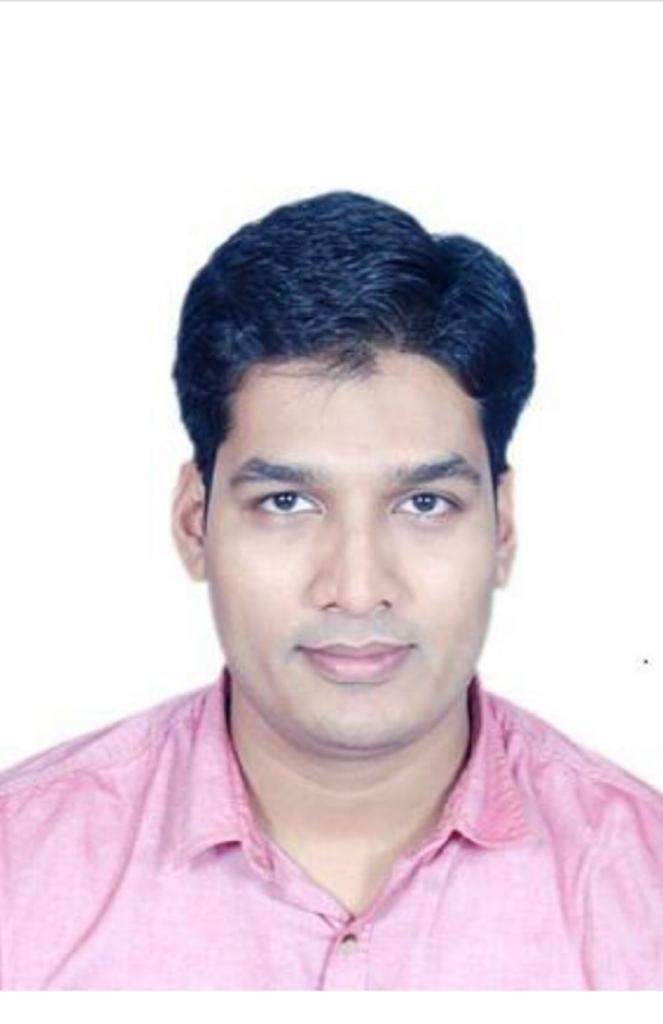
Varicose Veins - All You Need to Know
Medically reviewed by

Dr. Shuddhattam Jain's
Varicose veins is a condition in which the veins of the lower extremities (legs) get swollen. In many cases, varicose veins are manageable without treatment.
Introduction
Blueness, bulging or some black spots, especially in hypertensive patients has been noticed. These are a few symptoms of varicose veins. While it may sound like a common thing, it actually isn't. Any disease if identified and treated on time saves lives — the same goes with varicose veins too.
In many cases, varicose veins are manageable without treatment. There are many home remedies and exercises that relax the veins. But in some cases, it may be so severe that surgical treatment may be required as well.
To learn more about varicose veins, its causes, symptoms and treatment, continue reading.
What Are Varicose Veins?
Varicose Veins is a condition in which the veins of lower extremities (legs) get swollen. Normally, veins have valves which prevent the backflow of blood i.e., veins carry blood towards the heart and valves prevent its flow in opposite directions. When these valves are damaged, it leads to backflow of blood making the area appear blue in colour and induces bulging.
Causes of Varicose Veins
There are a few causes that are responsible for the occurrence of varicose veins by relaxing or damaging the vein valves, including:
Symptoms of Varicose Veins
Varicose veins have many symptoms. Here are some of the recurrent symptoms observed in patients with this condition:
Risks of Leaving Untreated
If you are wondering if there are any risks of leaving varicose veins untreated — obviously, the answer is yes! Varicose is a condition which may stay for a limited time or may continue for a longer period. If there are less repeated episodes for a shorter duration, then you can be relaxed. However, if it's frequent, it must be treated.
Varicose veins, if not treated, may form ulcers especially near ankles which are very painful. Moreover, the veins may bulge more and form additional clots leading to excessive swelling. It is, however, rare for varicose veins to burst under the skin leading to excessive bleeding.
Treatment Options in Varicose Veins
There are two main options for treatingVaricose Veins. However, Varicose Veins usually don't require any treatment unless they are quite severe.
01. Non-Surgical Treatment
This mainly includes lifestyle changes as leading a sedentary lifestyle is responsible for this condition. Compression stockings are also an option under this treatment alternative.
Lifestyle Changes
Follow the instructions given below to rid of Varicose Veins and prevent its recurrence:
If you are suffering fromVaricose Veins, elevate your legs and massage lightly to get relief from pain. This will increase blood supply to the heart and reduce the twist and bulge of veins.
Compression Stockings
This is another nonsurgical treatment you may take to treat Varicose Veins. Compression stockings are essentially compression socks that should be worn at the affected area. They compress the veins and help them separate from each other. This leads to enough blood flow to the heart, therefore decreasing pain, blueness and the bulge.
02. Surgical Treatment & Other Procedures
Surgical procedures include Laser treatment, Sclerotherapy, Catheter based procedures, Vein Stripping and Ambulatory Phlebectomy.
Laser treatment includes the insertion of a tiny laser light at the affected area that destroys the Varicose Veins. No punctures needed.
Sclerotherapy is nothing but injecting the varicose veins with a foam solution. The veins should start fading within a few weeks.
Ambulatory Phlebectomy is a minimally invasive procedure for removal of Varicose Veins. Here local anesthesia is given to the region where the procedure is to be carried out.
Vein stripping is the procedure in which the superficial vein is tied to prevent it from joining with the deeper veins. It requires little punctures.
Catheter based procedures involve the insertion of catheter into the bulged vein. The tip of the catheter is treated with radio-frequency that produces heat. When removed from the vein, the heat produced destroys the bulged vein and gives relief from pain. This procedure is primarily used for larger Varicose Veins.
Conclusion
Varicose Veins are common in some people, whereas uncertain in many. As we have many treatment options available for Varicose Veins there's nothing much to worry about. But prevention is always better than cure. Hence, avoiding straining your legs, maintaining a healthy diet and performing proper exercises can be beneficial. Taking proper rest and avoiding the factors that elevate the recurrence of varicose veins is the best thing you can do.
Why talk to Us?
We at FirstCure have top doctors equipped with most advanced procedures at guranteed lowest cost. We will assist you at every step from booking consultations, second opinions, arranging diagnostic tests, insurance approvals and related paperwork, admission to discharge and post surgery follow up consultation.